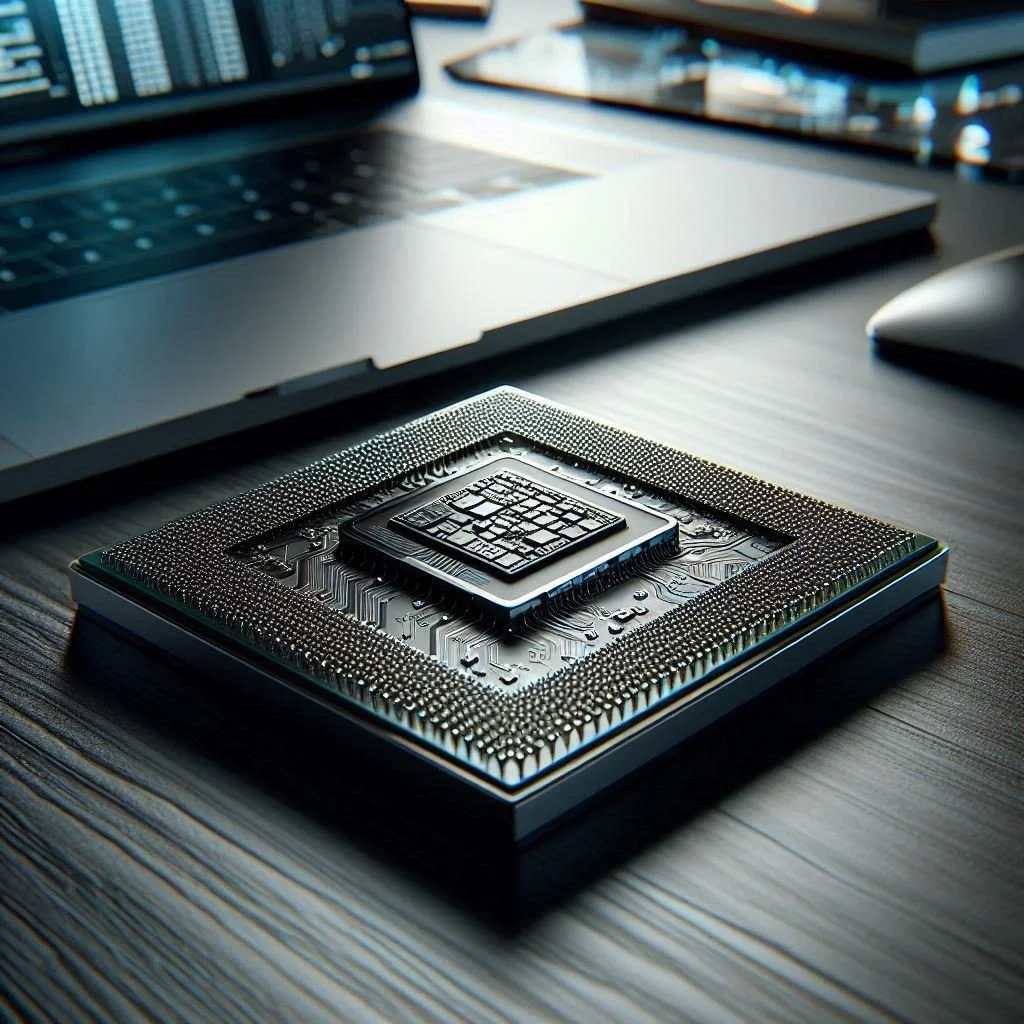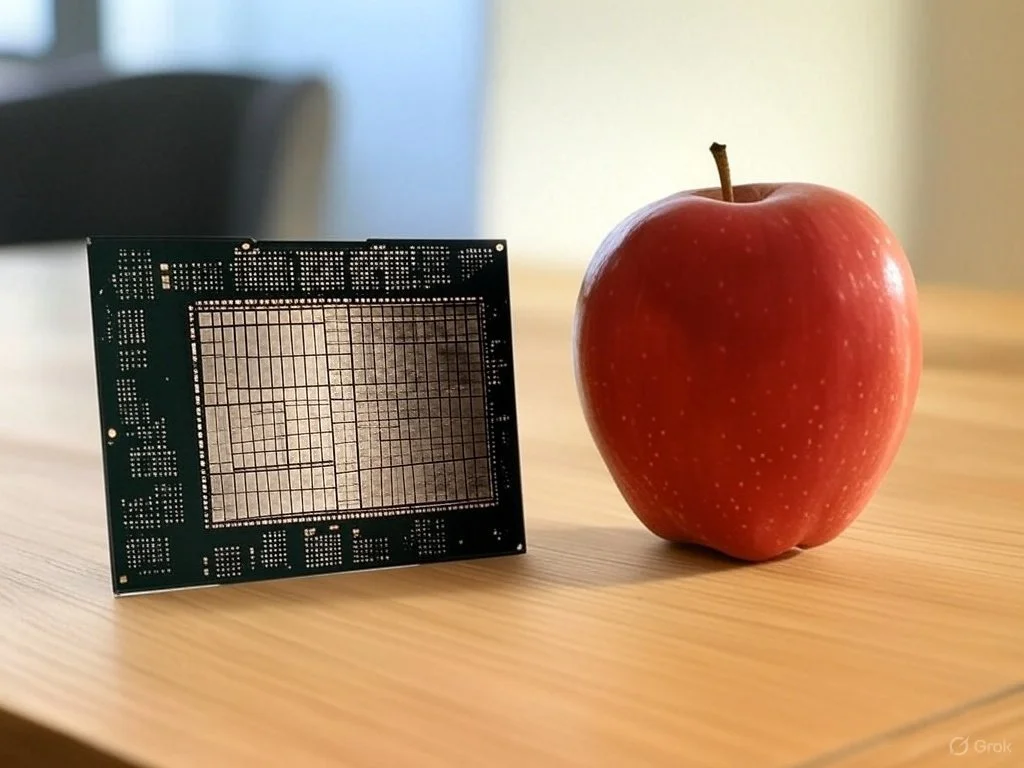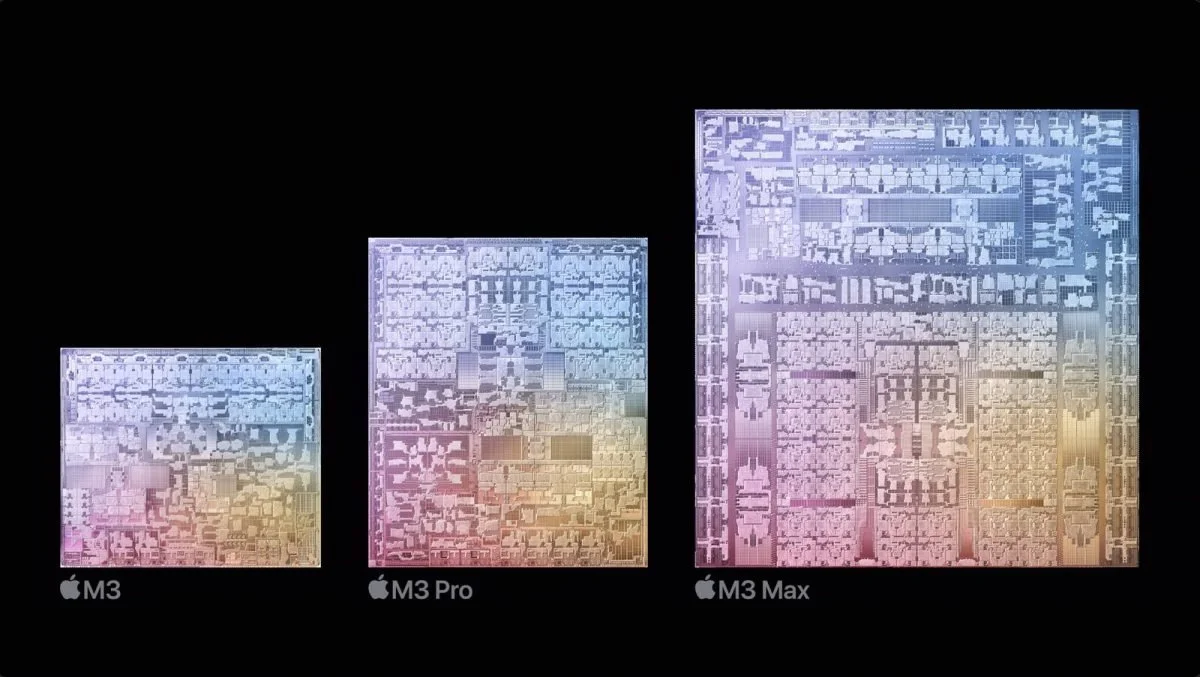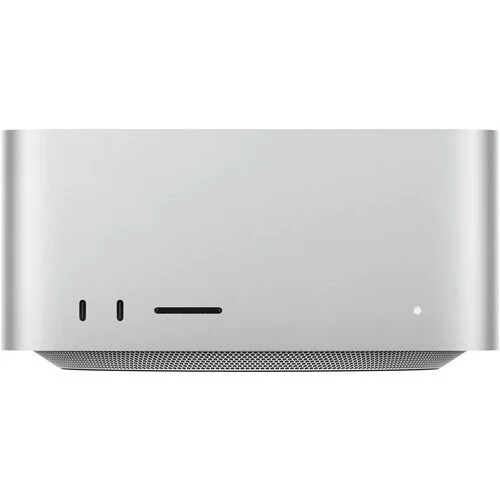Explanation Need: The Apple Silicon
When Apple released its Silicon into their devices, it represented a significant leap in the computing industry. It signaled an intrepid transition away from third-party processors, designing their custom chips tailored-made for its entire ecosystem. Launched in 2020 with the M1 chip, the Apple silicon has since become a core strategy for how they will develop their devices, delivering remarkable performance, efficiency, and integration advancements. In this new installment of Explanation Needed, we explore the impact of Apple Silicon, its technological innovation, and future.
A Significant Shift in Strategy and Design Philosophy
In the past, Apple relied heavily on Intel processors for its Mac computers. While these chips offered industry-leading performance, Apple faced challenges optimizing its design philosophy, emphasizing seamless hardware integration and software. The introduction of Apple Silicon marked a substantial shift. By leveraging its expertise in designing processors for the iPhone and iPad, Apple created chips tailored explicitly for its entire product line.
Constructed on ARM architecture, Apple Silicon chips such as the M1, M1 Pro, M1 Max, M2 and their derivatives prioritize energy efficiency while maintaining optimal performance. These chips from Apple achieve a balanced operation through unified memory architecture (UMA for short), which enables faster data sharing and retrieval between the CPU, GPU, and other components. As a result, Macs powered by Apple's Silicon outperform many competitors in tasks ranging from video editing to machine learning, all while minimizing power consumption.
Innovative Technology
One of the significant attributes of Apple Silicon is its system-on-chip (SoC for short) design, which integrates multiple components, such as the CPU, GPU, Neural Engine, and more--into a single chip. This chip design integration reduces latency, boosts performance, and enhances thermal efficiency. An example of its performance capabilities, the M1 chips 16-core Neural Engine enables up to 11 trillion operations per second, empowering advanced AI and machine learning capabilities.
Furthermore, Apple Silicon's custom GPU provides high-performance graphics processing, making it ideal for content creatives and gaming enthusiasts. The intertwined integration between hardware and macOS optimizes resource allocation, ensuring a smooth and reliable user experience.
The implicative Challenges
It's safe to say when Apple introduced Silicon, it reshaped the entire computing landscape. Offering unmatched performance, advanced extended battery life, and a unified ecosystem for Apple users, enabling apps to operate seamlessly across devices. For developers, it presents opportunities and several challenges. While tools like Rosetta 2 ensure compatibility with older software, developers had to fully adapt applications to harness Apple Silicon's potential.
In addition, Apple Silicon has disrupted the chip market, overtly adding pressure to a market already dominated by Intel and AMD. It highlights a growing trend of companies designing custom chips that gain greater control over their products.
The Different Types of Apple Silicon for the Mac, iPhone, and iPad
The Apple Silicon is explicitly designed for different devices, offering a range of performance and efficiency levels for each device. You have M-Series chips for Mac computers that have now spanned four generations, including M1, M2, M3, and M4. The M-Ultra chips are robust and can be found in the Mac Pro desktop computer. Its GPU has a massive memory that does things that other GPUs can't. Its Media Engine is supposedly the equivalent of several afterburner graphics cards built in.
When it comes to the iPhone, each generation features a A-Series chip, which includes the A14 Bionic (iPhone 12), A15 Bionic ( iPhone 13), A17 (iPhone 15 Pro), and the new Gen A18, which is currently in the iPhone 16 series ( iPhone 16, iPhone 16 Pro and the iPhone 16e.
The iPad's entry-level devices feature A-series chips, such as Bionic A13, A14, and the new A16 Bionic. Higher-end iPads, such as the iPad Pro and iPad Air, feature M-series chips, including the M1, M2, M3, and the M4 Max which made it’s debut in the 2024 iPad Pro.
The future of Apple Silicon
As Apple continues to innovate, the potential of Apple Silicon is endless. Rumors are there will be more powerful chips with increased core frequency counts and advancements in 3-nanometer process technology with greater efficiency and performance. Beyond Macs and iPhones, Apple's custom chips could lead the way for robotics, advanced AI, and more breakthroughs.
The Conclusion
Apple's achievement represents a paradigm shift in computing device design and experience. By combining engineering prowess with a vision for seamless integration, Apple set a new benchmark for performance and efficiency.










